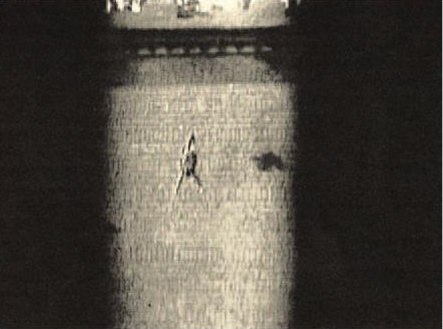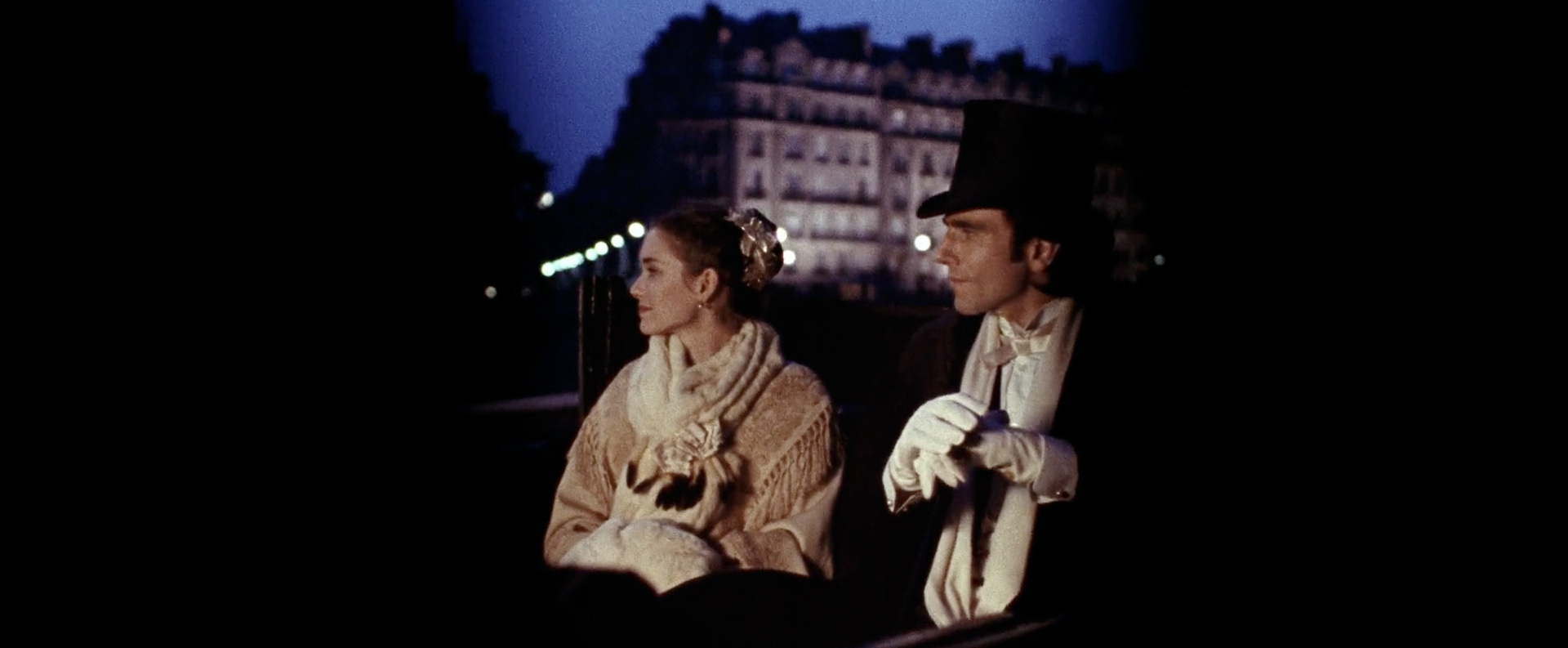Vertical Framing
The technological history of film is dotted with a slew of differing horizontal formats, ranging from the boxy Academy Ratio (1,37:1) to much wider, panoramic formats. Vertical images have never really found a home in cinemas, although directors as diverse as D.W. Griffith (in Intolerance) and Martin Scorsese (in The Age of Innocence) have used masks to create vertical images within their horizontal movies.


But the ubiquity of the smartphone has brought on the rise of a novel video format: vertical videos. Indeed, many of the vernacular videos that are shot on phones nowadays are upright as opposed to being shot in landscape mode. This format is much maligned, and has even spawned videos that discourage the use of such portrait mode shooting.
This great video essay by film lecturer Miriam Ross goes against the trend and defends vertical framing. Ross notes the veracity that this format brings to the table (by virtue of being easily distinguishable from professional video footage). Most convincingly, she points out the conservative nature of the knee-jerk reaction to vertical framing. Some subjects are even better suited for display on vertical screens than on classical horizontal ones – and Ross includes some enticing examples.

